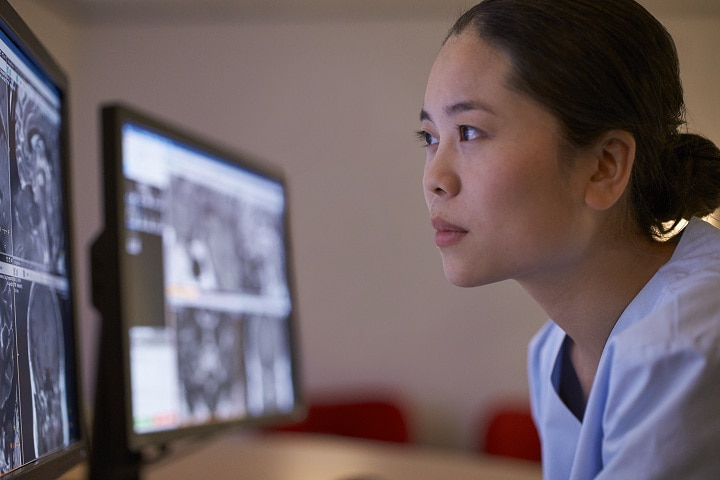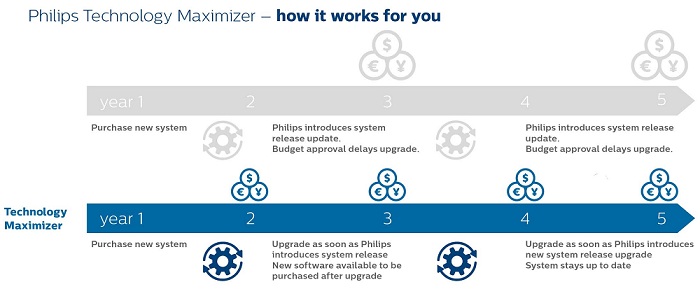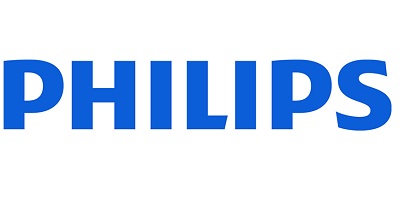Why subscriptions offer an affordable and effective way to stay continuously up to date and secure
“Maintaining system and equipment operations is an important part of providing quality care for hospitals and is a top priority for our customers.”
Kees Wesdorp, Business Leader Diagnostic Imaging at Philips
Modern medical technology offers a way to empower patients and professionals alike, to have full healthy and active lives and rewarding careers. In fact, this arena of healthcare technology is defined by the World Health Organization as the “application of organized knowledge and skills in the form of devices, medicines, vaccines, procedures, and systems developed to solve a health problem and improve quality of lives[1]“.
And yet the overwhelming challenge of 21st century healthcare is how to move from cost-increasing to cost-reducing and security enhancing technology; a challenge that has been significantly intensified by the COVID-19 pandemic.
According to Becker’s Hospital CFO Report, “Hospitals spend $93 billion per year on medical equipment lifecycle costs – all the activities related to the purchase, support and disposal of medical equipment and technology. Due to a lack of accurate information, internal resources, bandwidth, and specialized expertise, even the most diligent hospitals are missing savings of as much as 12-16% of their entire medical equipment lifecycle costs – or $12,000 per bed per year[2].”
It is clear then that for every healthcare institution, keeping technology up to date is a significant investment but also an essential component in quality healthcare delivery. In fact, it has become a key differentiating factor in improving patient care, and establishing a competitive advantage. Yet successful management of a broad installed base of hardware and software is highly challenging and has brought the discipline of lifecycle technology asset management to the top of the leadership agenda.
Evidence of this value creation shift to Technology as a Service (TaaS) is the emergence of new business models, such as technology management subscription services coupled with structured upgrade capabilities. Examples in the consumer domain span everything from computer and smart phone upgrades to solutions from Netflix and Amazon.
Jaeyeon Kim, Customer Service Delivery leader, Philips Services & Solutions Delivery, South Korea explains: “Our customers make critical investments when they purchase new equipment and need to maximize these investments by keeping their equipment up to date, completely secure and optimized. This is why it’s important to shift towards a Technology-as-a-service (TaaS) model as it supports the continuous introduction of new and advanced technologies in the future.”
These new ‘always-on’ subscriptions offer ways of keeping complex systems up to date and compliant at a fraction of the cost of individual upgrades. And, of course, these services not only help operational leaders manage costs, instead they also provide confidence to radiology and cardiology department leaders and clinicians that their systems are effective, secure and future proofed.
A notable example of this new continuously upgraded and updated service model is the Philips Technology Maximizer subscription. A five year, cross modality program designed to boost the clinical capabilities and performance of imaging equipment through proactive upgrades, Technology Maximizer ensures that imaging systems can be kept up to date and compliant at a fraction of the cost of individual upgrades. This is made possible by a structured upgrade process.
Peace of mind through structured upgrades
Equipment performance is key to increasing efficiency, which is vital for hospitals looking to increase their quality of patient care. When departments are efficient, they become stronger and more productive. Proactive upgrades help keep imaging equipment up to date, which is important for managing security risk. These updates also help keep systems well-maintained, compliant and protected from obsolescence, which helps decrease unexpected downtime. However, complicated financial processes and overburdened staff can often create barriers to obtaining needed and timely system upgrades.
With Philips Technology Maximizer, healthcare organizations no longer need to upgrade systems or software on an individual basis. Through regular upgrades and by refreshing existing hardware, this five-year subscription program provides radiology and cardiology departments with the latest software and hardware updates while maintaining cost efficiency through a predictable fee. The subscription service is available for selected Philips MR, CT, IGT and Ultrasound systems, and runs in tandem with existing RightFit Customer Service Agreements.
Philips’ Technology Maximizer Pro option provides additional benefits. Organizations that select the Pro option for a clinical domain automatically receive the latest specialty applications for the domain as Philips releases them. For example, Technology Maximizer Pro is available for MR systems in body, cardiovascular, musculoskeletal and neurology domains.
Technology as a Service (TaaS) plug ins, such as Philips Technology Maximizer look set to play a key role in healthcare transformation. For example, recent GemSeek research commissioned by Philips found that 86% of customers considered Technology Maximizer to be highly relevant in helping them overcome their key hospital limitations of staying competitive, addressing staff satisfaction and ensuring cybersecurity[3].
Flexible RightFit contracts | | Philips
Philips Technology Maximizer | Medical equipment upgrades & updates | MRI, Ultrasound, CT and IGT
References:
[1] Health technology assessment, https://www.who.int/health-technology-assessment/about/healthtechnology/en/
[2] Robson, Peter, CEO Miga Solutions, A new way of thinking about medical equipment costs, Becker’s Healthcare, Hospital CFO Report, 11/13/2016, https://www.beckershospitalreview.com/finance/a-new-way-of-thinking-about-medical-equipment-costs.html, accessed on 02/08/2020.
[3] GemSeek research commissioned by Philips, No 151, USA




















